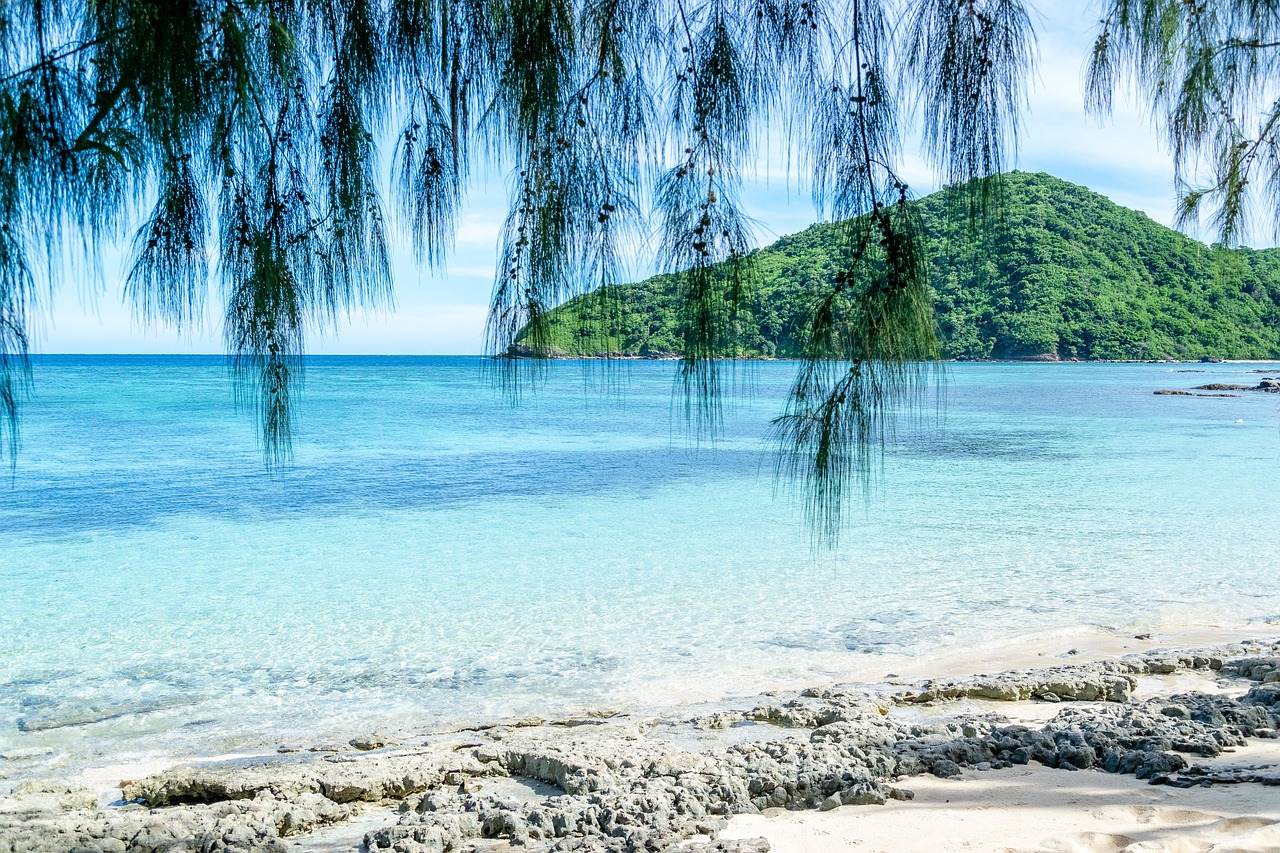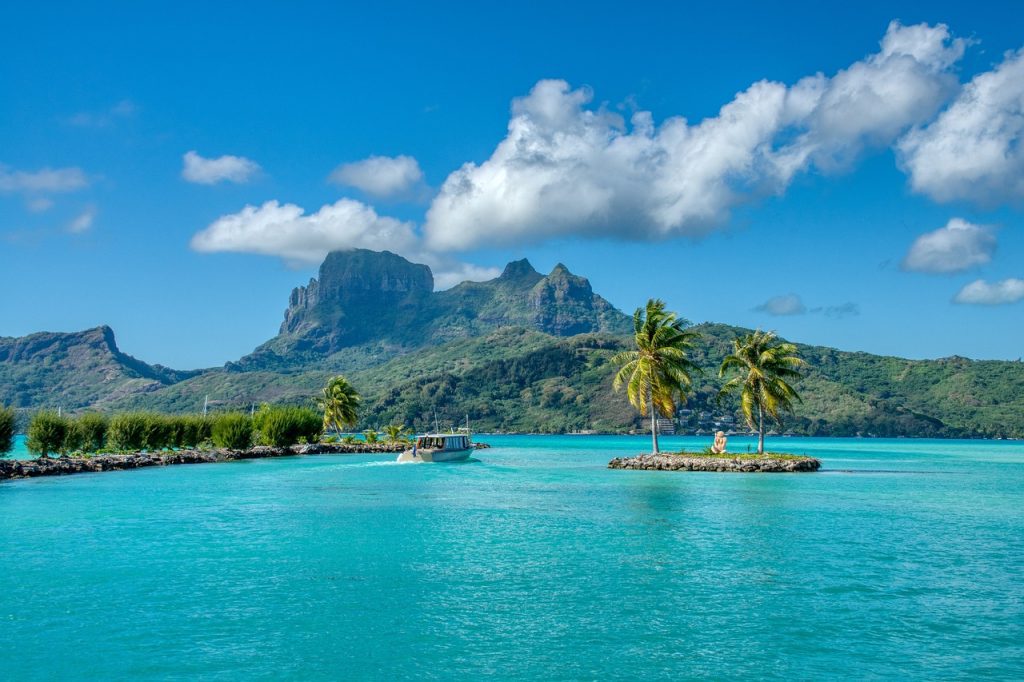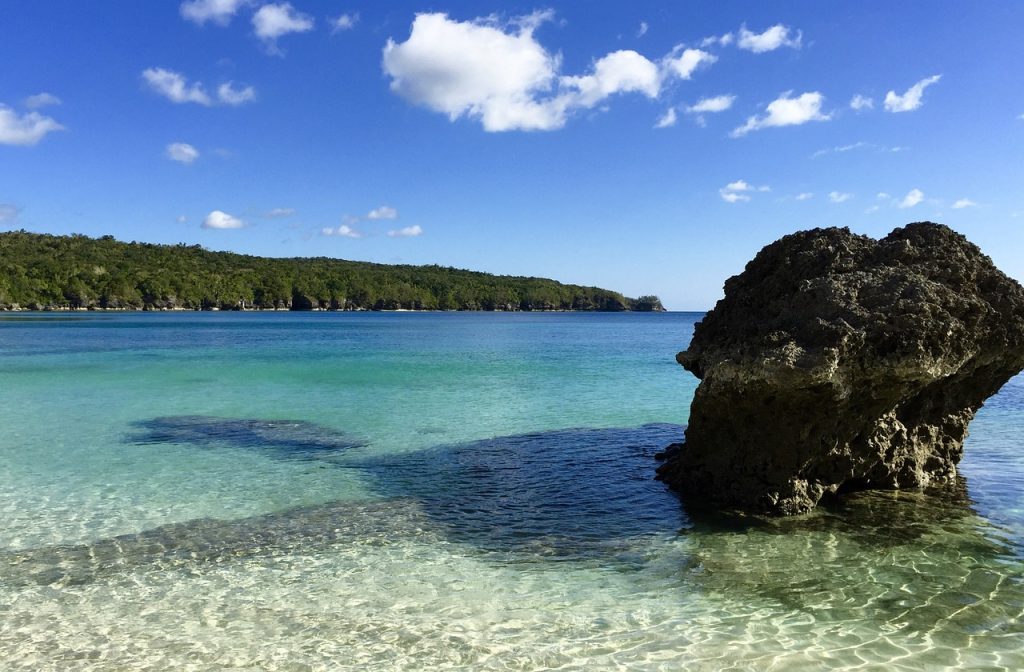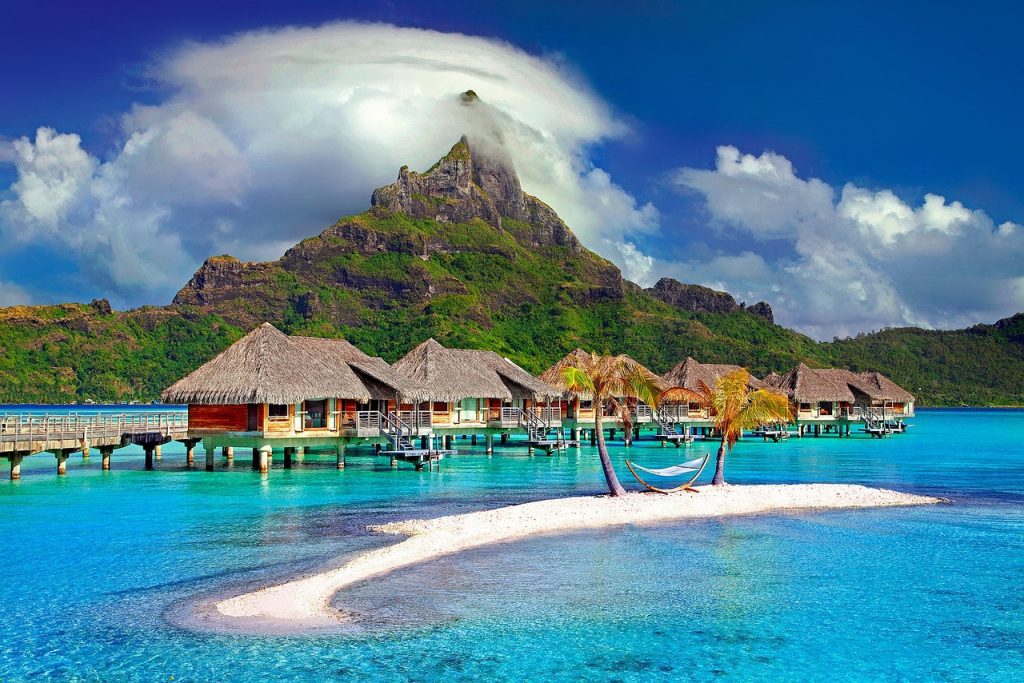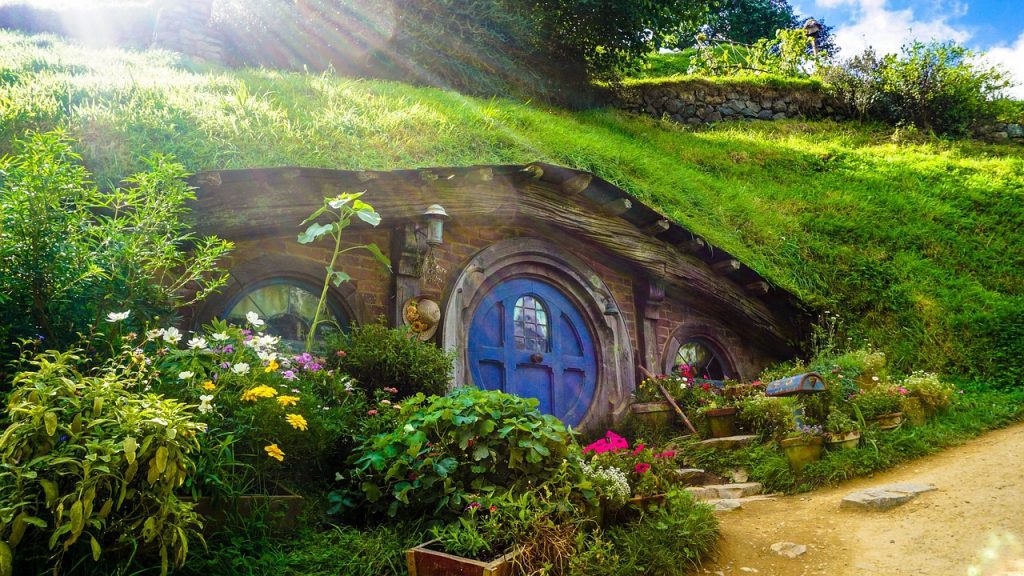Fiji is a mesmerizing archipelago nestled in the heart of the South Pacific. This island country offers a tropical paradise with its pristine beaches, lush jungles, and vibrant culture. The best time to visit Fiji depends on your interests and your heart’s desires.
There are several factors that should guide your decision. The most significant factors include the weather and the crowds. However, you also want to know about any cultural experiences or nature adventures that might be tied to the calendar. These considerations can help you determine the best time to go to Fiji.
Visiting Fiji based on the Weather
Fiji enjoys a pleasant tropical climate year-round, but there are distinct wet and dry seasons to consider. The best time to visit Fiji is during the dry season giving you a more comfortable time to enjoy the outdoors.
However, there are reasons to visit Fiji any time of the year. Let’s take a look at the seasonal differences of the country:
Summer (November to April)
- Expect temperatures between 77°F (25°C) and 88°F (31°C) during these months. It’s warm and humid, and the humidity is what annoys most people.
- The wet season is from November to April, with heavy downpours and occasional tropical storms. The good news is that the rainforest areas flourish during this time of year.
- It is a great for water sports and lush landscapes but be prepared for rain.
Winter (May to October)
- Temperatures range from 70°F (21°C) to 84°F (29°C). The temperatures are cooler but still warm. The important thing is that the humidity is less.
- The dry season is from May to October, with less rain and lots of sunshine. Ideal for beach days and clear skies.
- This is the best time to go to Fiji. It is perfect for outdoor adventures, snorkeling, and diving. The marine life also thrives during this time of year.
Visiting Fiji based on the Crowds
Crowds can significantly impact your travel experience. It is impossible to avoid people altogether, but there are periods which feature smaller numbers. Let’s take a look at how the crowds vary annually:
High Season (July to September)
- Fiji sees the most visitors during these months. These are traditional travel months for much of the world.
- If you are comfortable with the crowds, this is the season of pleasant weather. Ti is also ideal for diving with vibrant marine life.
- Disadvantages: Accommodation prices are higher, and some attractions may be busier.
Low Season (November to April)
- Fewer tourists visit during the wet season.
- The good news is accommodations costs are lower. More importantly, there are fewer crowds at popular sites.
- Disadvantages: Unpredictable weather, occasional closures, and the chance of heavy rain.
Discovering Fiji’s Cultural Experiences
Fiji’s rich culture is an integral part of any visit. Some people even travel to Fiji to experience certain cultural events.
Holi Festival (March)
- A vibrant Hindu festival known for colorful celebrations and joyous dancing.
- Usually held in March, however the dates vary annually.
Bula Festival (July)
- A week-long celebration of Fijian culture with parades, music, and dance.
- The festival is held during the month of July. Check for specific dates if you are considering visiting during this timeframe.
Fiji Day (October 10)
- Commemorates Fiji’s independence from British colonial rule. Expect cultural events and festivities.
- Any celebrations will occur on October 10th or around that date in recognition of the independence of the country.
Exploring Fiji’s Wilderness & Nature Experiences
Fiji features national parks and plenty of aquatic and beach wonders. However, some of the country’s unique natural wonders vary by season:
Whale Watching (July to September)
- Witness humpback whales on their migratory journey.
- Best seen from July to September.
Bird Watching (Year-Round)
- Fiji boasts diverse bird species, including the vibrant Orange Dove and elusive Collared Petrel.
- Year-round, but some species are more active during specific seasons.
Coral Spawning (November to December)
- Experience the incredible phenomenon of coral spawning, when coral reefs release millions of tiny eggs and sperm into the ocean.
- Occurs between November and December.
Ni Sa Bula Vinaka (Say Hello!)
Other Essential Seasonal or Timing Considerations
Tropical Cyclones
- Cyclone season in Fiji runs from November to April.
- Stay informed about weather forecasts, and consider travel insurance with weather-related coverage.
Public Holidays
- Fiji celebrates numerous public holidays, so plan accordingly to avoid any disruptions to your plans.
- Of course October 10th and the celebration of independence is a big one.
Conclusion
In this island country, paradise knows no bounds. The best time to visit Fiji depends on your preferences. For ideal weather and thriving marine life, consider the dry season from May to October. If you’re looking for more budget-friendly options and don’t mind occasional rain, the wet season from November to April offers its own charm.
Fiji’s cultural events, wilderness experiences, and natural wonders are yours to explore year-round, making this South Pacific gem an enticing destination at any time. So, pack your sunscreen, sense of adventure, and a hearty “Bula!” as you embark on your Fijian journey. The best time to go to Fiji is the dry season with May and June being the less crowded.
Photo Credits:
Image by Eva Bane from Pixabay

